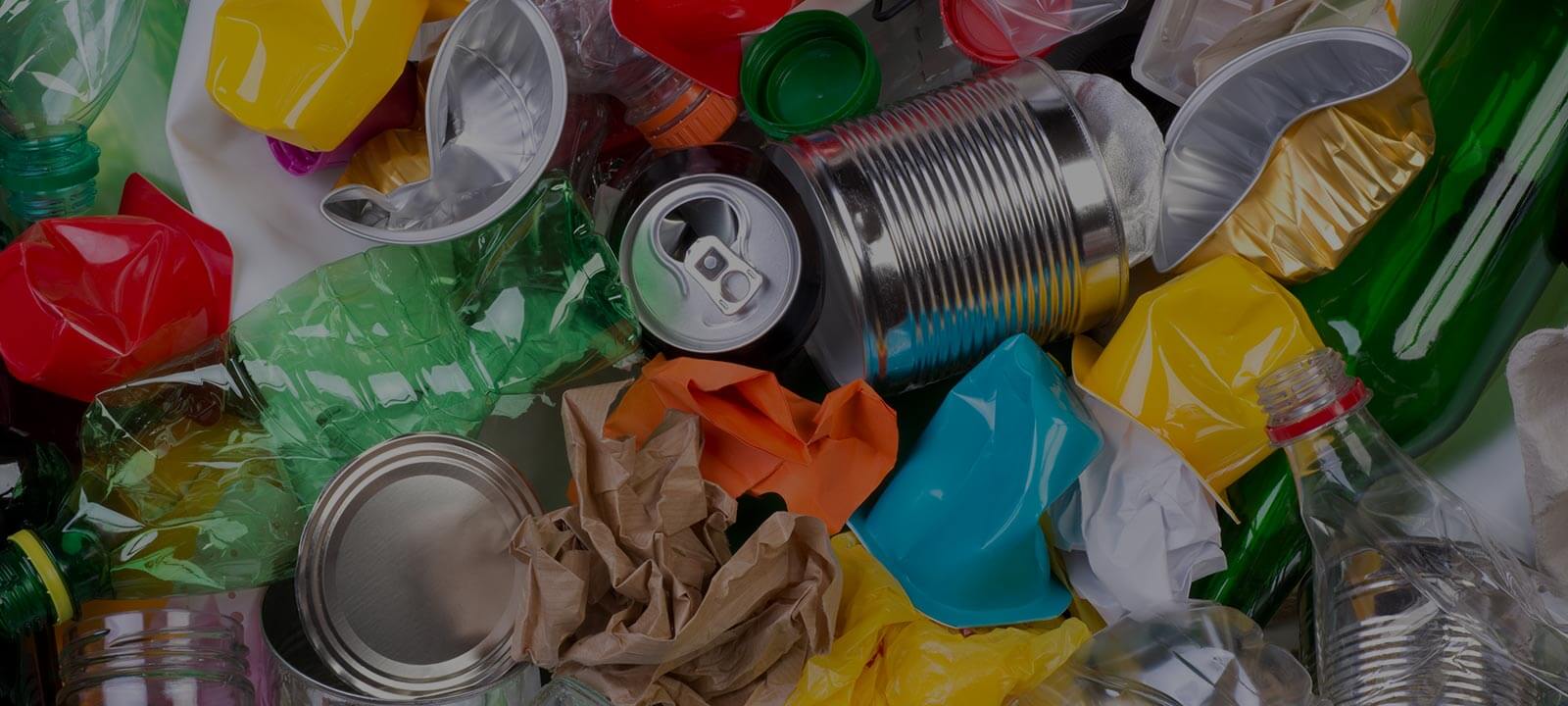Innovative Plastic to Fuel Process
Posted on 07/09/2025
Innovative Plastic to Fuel Process
In recent years, the volume of plastic waste has surged, causing serious environmental concerns. Traditional methods of disposal, including landfills and incineration, present their own set of challenges, such as land use inefficiencies, greenhouse gas emissions, and long-term environmental impacts. An emerging solution that has gained momentum is the conversion of plastic waste into fuel. This innovative process not only addresses the issue of plastic pollution but also contributes to energy generation.
Understanding Plastic to Fuel Conversion
Plastic to fuel conversion involves breaking down plastic materials into simpler forms through a process known as pyrolysis. Pyrolysis is a thermal decomposition process that takes place in the absence of oxygen, effectively turning organic materials into liquid fuel, syngas, and char. The liquid fuel generated can further be refined into diesel, gasoline, and other products suitable for use in engines and industrial machinery.

The Science Behind the Process
The process begins with collecting plastic waste, which is then subjected to thermal treatment in a pyrolysis reactor. Typically, the plastic waste is shredded into smaller pieces to increase the surface area for heat transfer. The reactor is heated to high temperatures, usually between 300?C and 700?C. Under these conditions, the long polymer chains in the plastic break down into smaller hydrocarbons. The resulting gaseous products are condensed to form liquid fuel, while the non-condensable gases can be used to power the system itself, making it more energy-efficient.
Types of Plastics Suitable for Conversion
Not all plastics are created equal when it comes to fuel conversion. The most commonly used types are:
- Polyethylene (PE)
- Polypropylene (PP)
- Polystyrene (PS)
- Polyethylene Terephthalate (PET)
These materials are abundant in both household and industrial waste, making them ideal candidates for the conversion process.
Advantages of Plastic to Fuel Technology
The plastic to fuel technology presents several advantages:
- Reduces plastic waste: The process provides a viable solution for managing the ever-increasing volume of plastic waste.
- Energy recovery: It converts waste into valuable fuel, promoting energy recovery from materials otherwise deemed useless.
- Environmental benefits: By reducing the need for landfills and incineration, it minimizes soil and air pollution.
- Economic benefits: The production of fuel from waste plastic can be economically beneficial, creating new revenue streams and jobs.
Challenges and Limitations
While plastic to fuel technology holds promise, it also faces some challenges:
- High initial costs: The setup and operation of pyrolysis plants can be capital-intensive.
- Technological barriers: Efficiently converting a wide variety of plastics while ensuring the quality of the resultant fuel requires advanced technology and expertise.
- Environmental concerns: Although the process reduces plastic waste, it still generates emissions and residues that need to be managed responsibly.
Tips for Implementation and Adoption
Larger adoption of the plastic to fuel process can be facilitated by:
- Government incentives: Policies and subsidies to support the setup of pyrolysis plants can be instrumental.
- Public awareness: Educating the public on the benefits and availability of plastic to fuel technology can drive participation and support.
- Research and development: Continued investment in R&D can lead to more efficient and cost-effective solutions.
- Collaborations: Partnerships between industries, governments, and research institutions can accelerate advancements and implementation.
Pros and Cons at a Glance
Pros
- Reduces Plastic Waste
- Promotes Energy Recovery
- Decreases Environmental Pollution
- Economic Benefits
Cons
- High Initial Costs
- Technological Challenges
- Environmental Concerns (Emissions, Residues)

Key Takeaways
Innovative plastic to fuel technology presents a promising solution to multiple issues related to plastic waste and energy shortages. With continuous advancements and broader adoption, this technology can significantly contribute to sustainable waste management and energy generation. However, it is essential to address the inherent challenges and limitations through concerted efforts and responsible practices.
Conclusion
The innovative plastic to fuel process is a groundbreaking approach to addressing global plastic waste and energy challenges. While it offers numerous benefits, including waste reduction, energy recovery, and economic opportunities, there are several hurdles to overcome, such as high initial costs and technological complexities. Through supportive policies, public awareness, and ongoing research, the widespread adoption of this technology can drive significant positive environmental and economic change.






